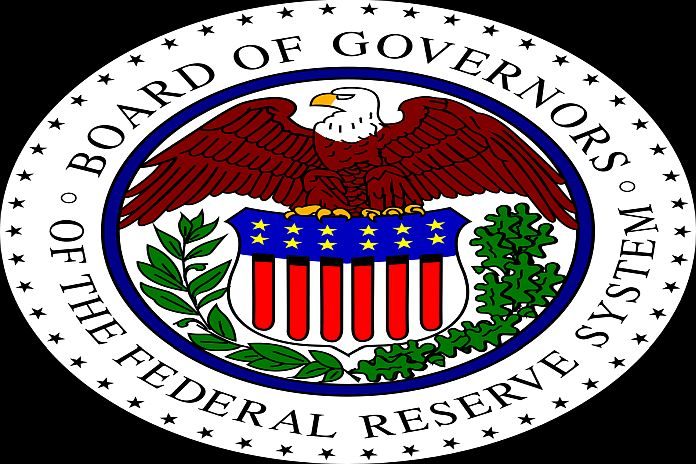WASHINGTON, USA – The Federal Reserve Board on Wednesday approved a rule to simplify its capital rules for large banks, preserving the strong capital requirements already in place.
The “stress capital buffer,” or SCB, integrates the Board’s stress test results with its non-stress capital requirements. As a result, required capital levels for each firm would more closely match its risk profile and likely losses as measured via the Board’s stress tests. The rule is broadly similar to the proposal from April 2018, with a few changes in response to comments.
“The stress capital buffer materially simplifies the post-crisis capital framework for banks, while maintaining the strong capital requirements that are the hallmark of the framework,” vice chair for supervision Randal K. Quarles said.
The SCB uses the results from the Board’s supervisory stress tests, which are one component of the annual Comprehensive Capital Analysis and Review (CCAR), to help determine each firm’s capital requirements for the coming year. By combining the Board’s stress tests—which project the capital needs of each firm under adverse economic conditions—with the Board’s non-stress capital requirements, large banks will now be subject to a single, forward-looking, and risk-sensitive capital framework. The simplification would result in banks needing to meet eight capital requirements, instead of the current 13.
The SCB framework preserves the strong capital requirements established after the financial crisis. In particular, the changes would increase capital requirements for the largest and most complex banks and decrease requirements for less complex banks. Based on stress test data from 2013 to 2019, common equity tier 1 capital requirements would increase by $11 billion in aggregate, a 1 percent increase from current capital requirements. A firm’s SCB will vary in size throughout the economic cycle depending on several factors, including the firm’s risks.
To reduce the incentive for firms to take on risk and further simplify the framework, the final rule does not include a stress leverage buffer as proposed. All banks would continue to be subject to ongoing, non-stress leverage requirements.
Large banks have substantially increased their capital since the first round of stress tests in 2009. The common equity capital ratio of the banks in the 2019 CCAR has more than doubled from 4.9 percent in the first quarter of 2009 to 12.2 percent in the fourth quarter of 2019, with total capital doubling to more than $1 trillion.
Also on Wednesday, the Board released the instructions for the 2020 CCAR cycle. The instructions confirm that 34 banks will participate in this year’s test. CCAR consists of both the stress tests that assess firms’ capital needs under stress and, for the largest and most complex banks, a qualitative evaluation of the practices these firms use to determine their capital needs in normal times and under stress. The results will be released by June 30.





